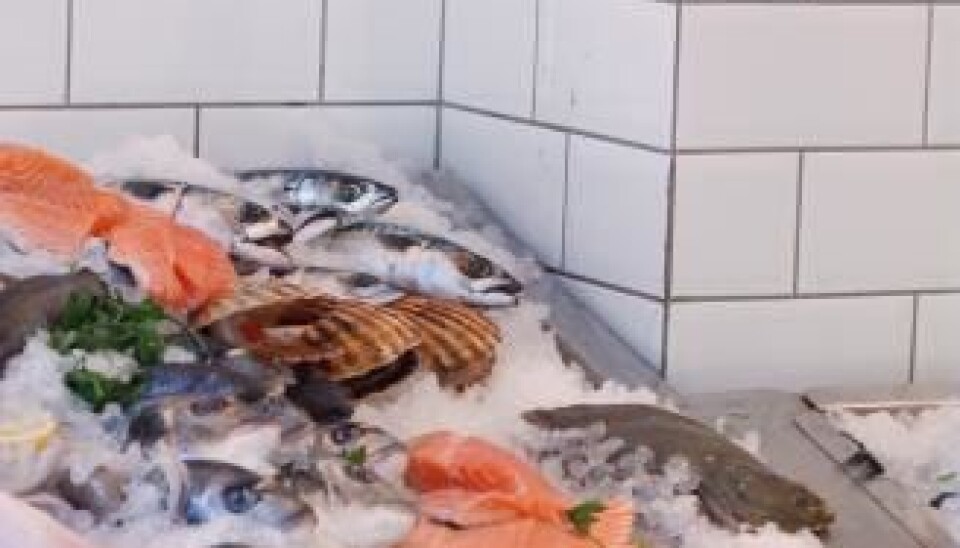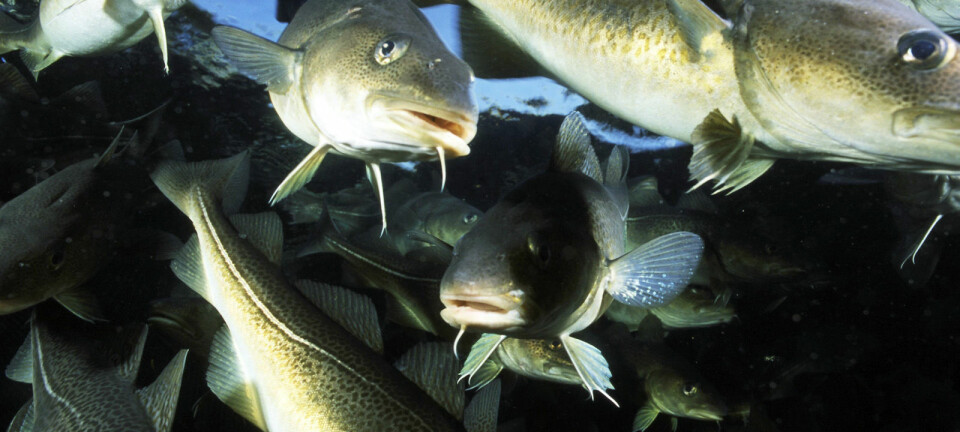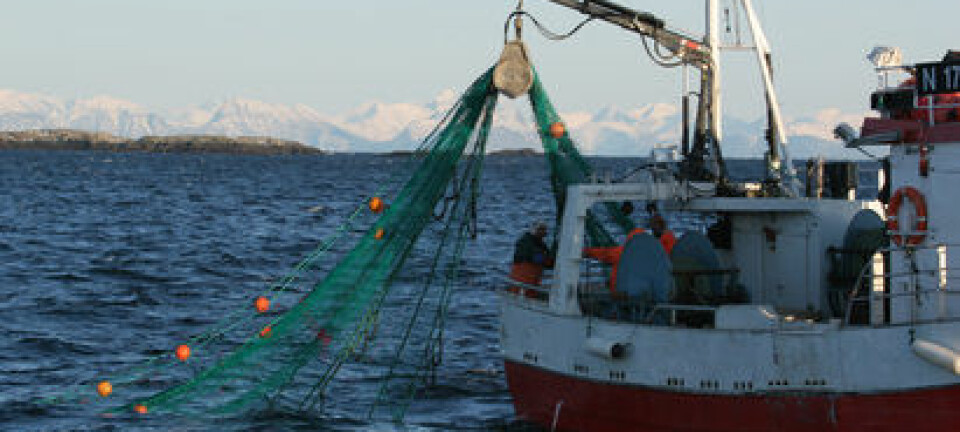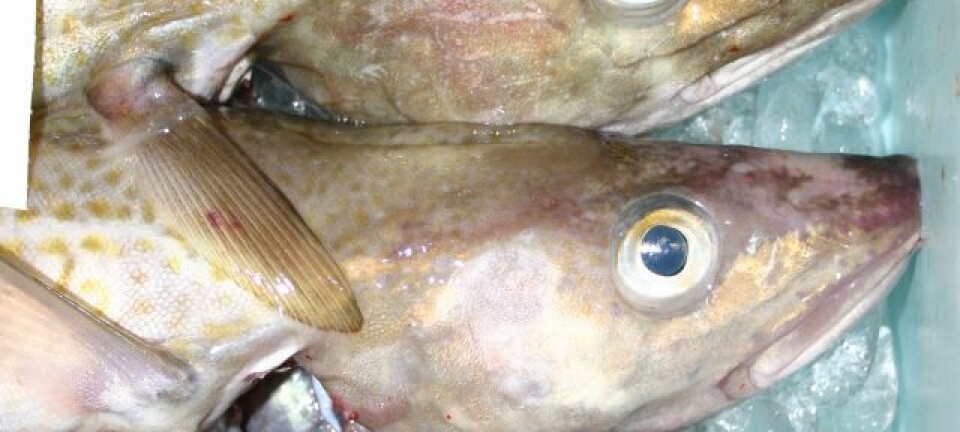This article was produced and financed by Nofima The Norwegian Institute of Food, Fisheries and Aquaculture Research

Cod quality matters in the marketplace
If Norwegian salted cod was of the same standard as that from Iceland, the export value to Portugal would have been 16-17 million euro higher.
Denne artikkelen er over ti år gammel og kan inneholde utdatert informasjon.
In 2011, the Portuguese paid 1.06 euro more per kilo for cod from Iceland than from Norway. The reason was pure and simple - the Icelandic fish was better quality than the Norwegian fish.
The price differential is an example of the importance of fish quality, according to a new report by Nofima scientists Morten Heide and Edgar Henriksen.
The scientists interviewed industrial actors and exporters in the white fish industry, and looked at earlier work and official statistics. They concluded in their report, “Variable quality in the value chain – how does quality influence profitability?”, that despite Norway's rich and exceptionally well-managed coastal cod stocks, the fish that is landed is of extremely variable quality.
Poor reputation
“A significant part of the raw material from the coastal fleet is poorly bled and has gaping and damage from rough handling," the researchers wrote. These quality problems cause problems all the way down the line, the researchers said. The quality of the raw material affects the end product, reduces efficiency, raises production costs and lowers. This in turn means lower prices for end products, more complaints and a poorer reputation.
The researchers cite previous studies that give the use of the Danish seine and the net to catch fish the lowest score in relation to quality.
“Large Danish seine catches in particular are perceived as creating the biggest problem when it comes to raw material quality. The fishery industry emphasizes that production errors can also occur that reduce the produce quality,” the researchers wrote in their report.
Longline versus net fisheries
What are the Icelanders doing to get more consistent quality and better prices in the market? The bottom line is how they catch their cod, the researchers say.
“The net fishery has a solid tradition in Norway. That also used to be true in Iceland. But the introduction of tradable quotas in Iceland provided growth in the longline fishery at the expense of the net fishery,” Henriksen says.
“The large fishing vessel owners bought up the coastal quotas to such an extent that there was a counter reaction. The coastal fleet owners argued that hook-caught fish provided better quality. Consequently, the authorities connected the reallocation with hook-based gear types. In practice these rights were bought up by small autoline vessels that account for around 35 percent of the annual cod catch,” he says.
Henriksen says that only trawling has a larger share of the fishing rights in Iceland, with around 45 percent, while the net fishery is under 20 percent. In contrast to Norway, the Danish seine fleet is made up of relatively small vessels that are chiefly owned by industrial companies. These companies are clear about the need for quality.
"In general we have a perception that both the fishermen and industry in Iceland have taken to heart the idea that the market for fish is not on the quayside but is instead among the customers in international supermarkets,” he says.
Double the price for quality
“In the market for fresh fish, it is normal to receive one-and-a-half to double the price for cod which is classified as 'superior quality fresh cod' and 'skrei' compared to the price for industrial raw material,” Henriksen says.
The scientists say that their calculations on fillet production demonstrate that quality in part makes the difference between profitable and unprofitable production.
“The difference between raw material that is free of quality defects and a batch with 40 percent 'red' fillet may be as high as 23 percent. In addition, the production costs for raw material of poor quality are higher,” they said.
Good communication
The report gives examples of how some players manage to get a better price in the market for high quality.
This demands good communication with fishermen, a good understanding of the market and a long-term approach, the researchers say. The way to increase the value of products of high quality is by developing more market segments with a high willingness to pay, ensuring that you have a good flow of raw materials and make sure that you can provide that supply over time.
Official control
Morten Heide and Edgar Henriksen point to the fact that there are complex reasons as to why such a large proportion of the coastal fleet’s catch is landed with reduced quality.
Fluctuations in spawning and feeding migration cause variations in fish quality right from the start. Consequently, sometimes the fish will need to be handled more gently.
“There is a need for a good dialogue between the fisherman and buyer and it is clear that individual actors have both a responsibility and an opportunity to influence quality in a positive way. Nevertheless, over a long period, large quantities of cod with obvious quality deficiencies have been landed by the coastal fleet,” the researchers wrote.
“There is therefore reason to believe that a systematic error in the whole industry segment (coastal fishermen and the white fish industry) is producing the obvious loss of values. Consequently, there is good reason to study whether and, if so, how the price system, fishery regulations and gradual reduction of public quality control has resulted in the major loss of incomes for the industry as well as the country.”
The report “Variable quality in the value chain – how does quality influence profitability?” is part of the Norwegian Seafood Research Fund (FHF) Cod programme.

































